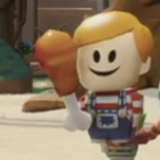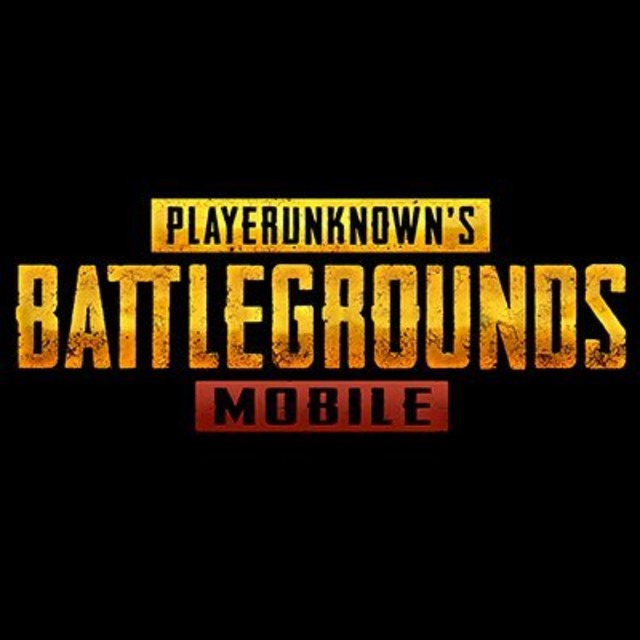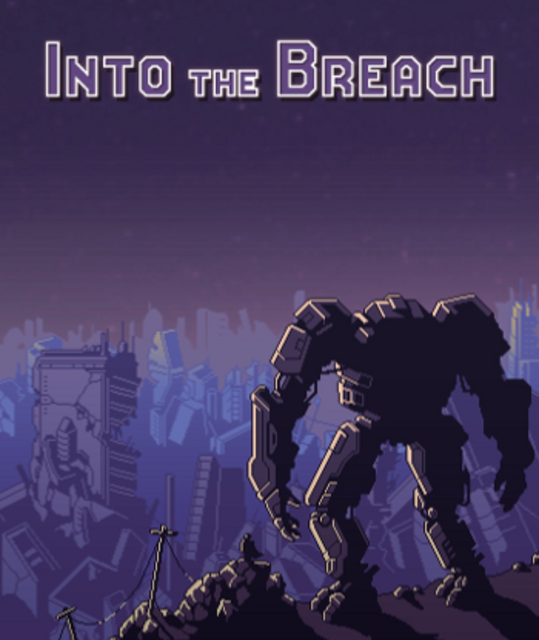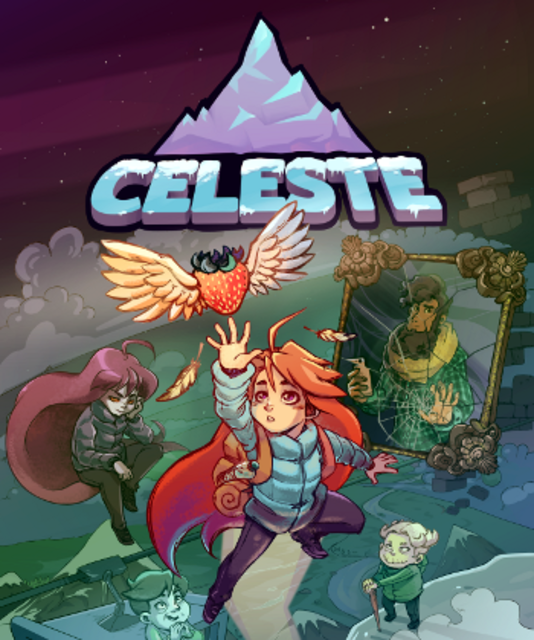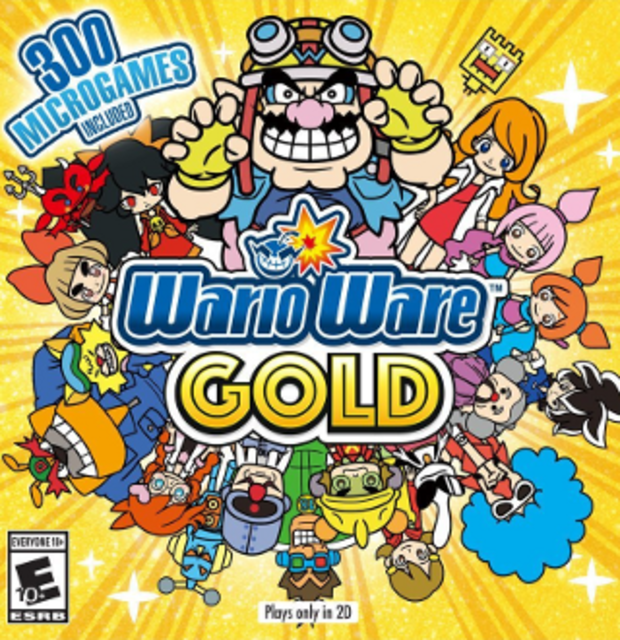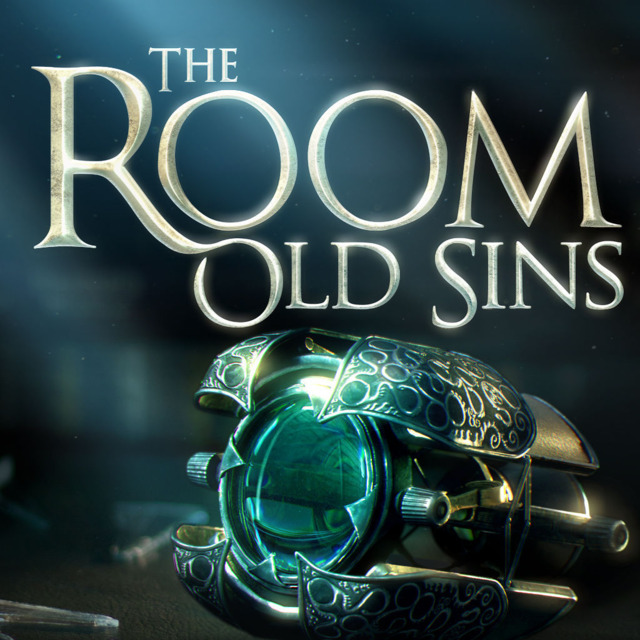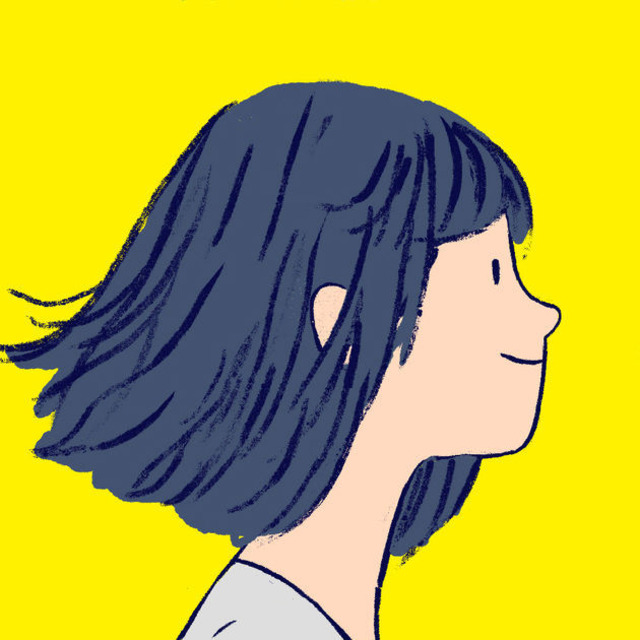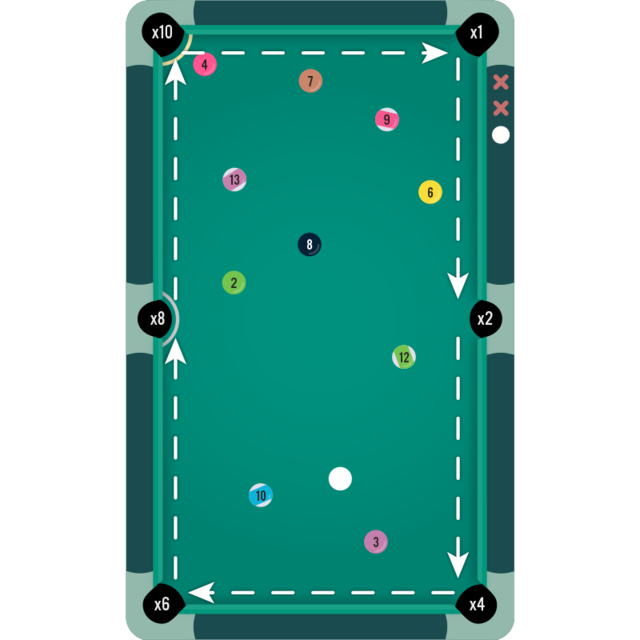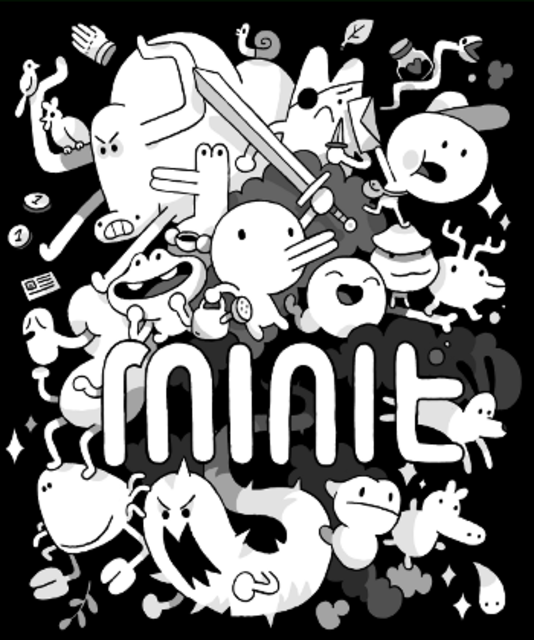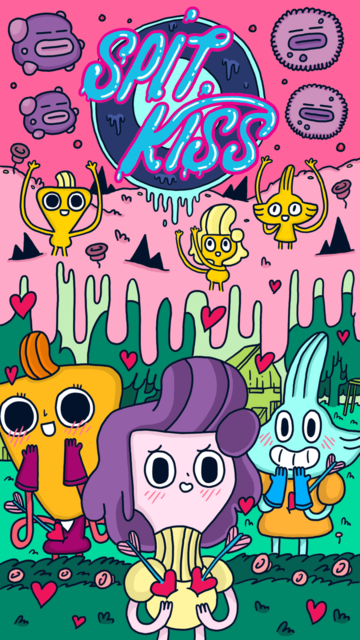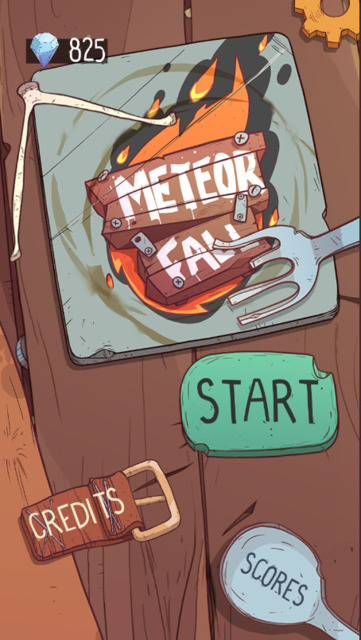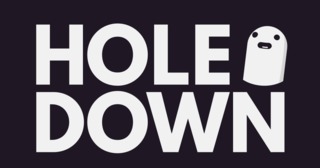Favorite Games of 2018
A list first constructed at the end of 2018 but it can be updated in subsequent years as I play games I missed.
I ended up swapping Into the Breach and Celeste after putting another 15 hours into the former. As December came to a close, it became the kind of thing I had visions of in my head as I was trying to fall asleep.
As usual, this list is primarily mobile games for starters. Most iOS games were played on a 9.7 inch iPad.
There are some notable 2018 games I spent a time with that did not make the list: Donut County (did not like the writing), Metroid: Samus Returns (did not like the controls). There are some other games not in the GB database that I need to add in order to get them on this list but none of those would be in the top 10.
